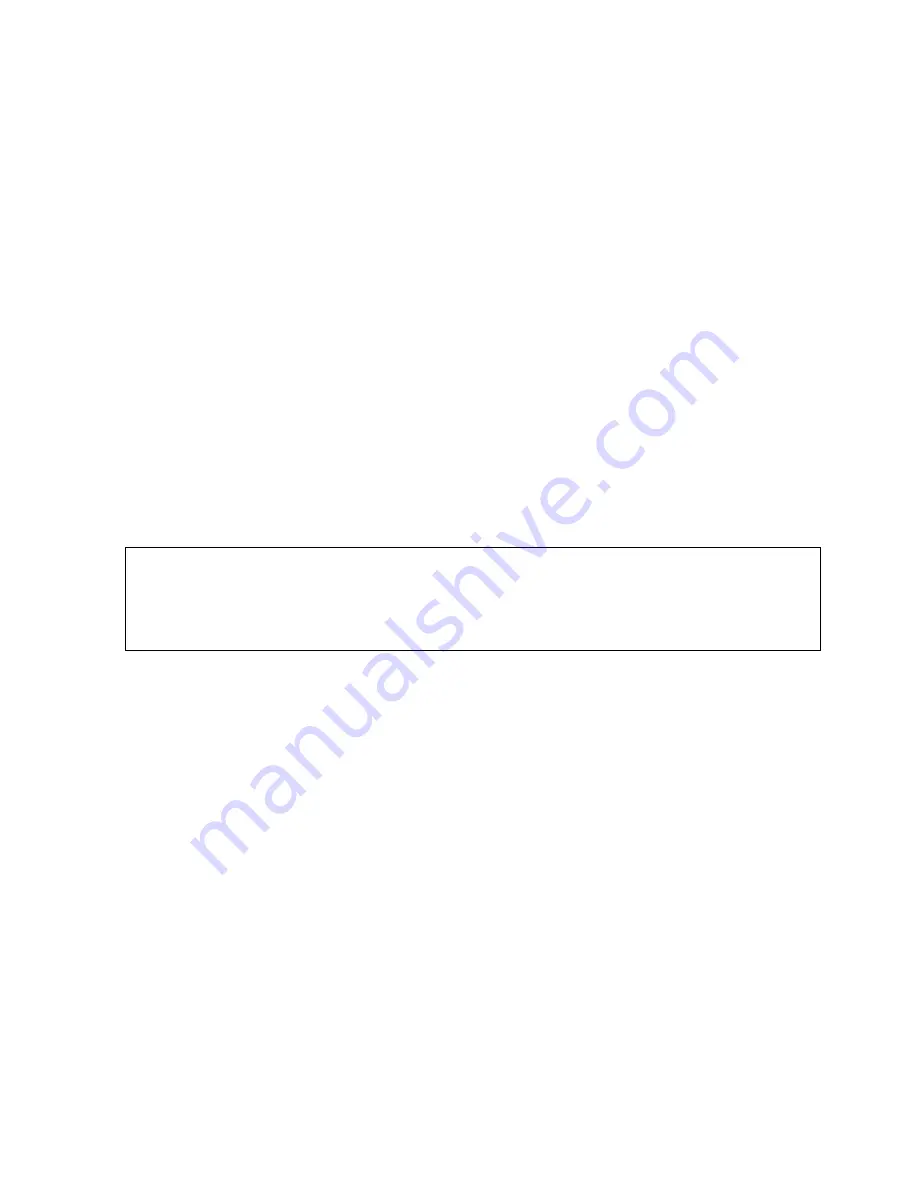
DXR Drainback
Page 7
PRE-INSTALLATION CHECKLIST
Unlike other types of solar collectors, the AET solar collectors do not add a significant amount of weight to the roof.
However, if the collectors are placed at a steeper pitch than the roof itself, the additional exposed flat surfaces could
present extreme wind loading forces during sustained high winds. Neither wind loading (including uplift) nor the
additional weight of filled collectors shall exceed the live or dead load ratings of the building, roof, roof anchorage,
foundation or soil. Collector supports shall not impose undue stresses on the collectors. The design load shall be as
specified by the codes in force at the installation site and shall include an additional load due to snow accumulation
for applicable locations. Check local codes for roof load requirements. The mounting hardware supplied with your
solar system has been designed for specific wind loads, but only if adequate support structure is present with
sufficiently strong structural members (such as engineered trusses). Most building permit offices may be able to help
you with recommended roofing practices for your area. All exposed materials used in the installation of this system
shall be protected from ultraviolet radiation. Components should be of a UV stable material or covered/coated to
prevent premature degradation.
Obtain all applicable permits. Structural members penetrated by the solar system components must meet local codes.
The installer is to run the piping in such a way that the performance of any fire rated assembly is not reduced. This
applies to the collector mounting as well as the installation of any other system components.
Inspect the roof. If it is in poor condition, it is advisable to replace all or part of the roof where the system will be
attached. Locate a roof area facing as close to due south as possible for the placement of the solar collectors. The
plumbing runs must be planned in advance using the shortest possible route between the water heater and collector.
Make sure you have no low points in the sloped horizontal pipe runs. This could trap water and in freezing weather
cause the pipe to rupture.
Make sure you have all the necessary plumbing materials, tools, and accessories before beginning work.
CAUTION!
Solar collectors become very hot when in direct sunlight with no fluid being circulated through them. Extreme
caution should be taken when standing near, or handling solar collectors in this state. Where possible, cover the
collectors with a tarpaulin or other opaque covering until you are ready to energize the system. The circulating
pump becomes very hot when running. Do not touch before allowing sufficient time to cool down.
Wear gloves when handling the solar collectors! They get extremely hot when left exposed to the sun.
The bright
orange plastic caps should be removed prior to placing the collectors on the roof otherwise they may get so hot that
they melt in place. Also, never try to lift the collectors by the pipe nipples. These bend when hot and would damage
the collector. You should have a tarp handy to keep the collectors covered during the entire installation process. This
will prevent the collectors becoming too hot to handle as you make your final adjustments and connections.
EagleSun Solar Water Heating Systems are pre-engineered systems. Plumbing materials specified in this system to
be constructed of copper, brass, bronze or stainless steel and designed to meet or exceed the expected design
temperature and pressure ratings of the system. Use of galvanized steel, CPVC, PVC, PEX or any other type of
plastic pipe is prohibited. EagleSun drainback systems are designed to use 3/4” copper pipe (1/2” pipe is acceptable
for single collector installations) for the collector loop and 1/2” copper for the tank interconnect piping. Type M may
be used except where otherwise specified by the Authority Having Jurisdiction. Use only lead-free solder. Use of
50/50 lead solder is expressly prohibited. When installed properly, the solar system should not subject the existing
system to excessive temperature or pressure or bypass existing safety devices. The installer should review the site
specific conditions to insure proper operation can be achieved.
Dielectric, brass or bronze nipples should be used on all connections to the water heater.
Dielectric unions are not
approved
for installation with these solar systems. Incompatible materials shall be isolated or treated to prevent
degradation to the extent that their function could be significantly impaired under in-service conditions.
On existing tanks, the cold input from the pressurized supply line to the house (either city water or well water) must
be fed into the tank inlet. This is marked "Cold Inlet" and is located on top of the tank. There is a long plastic tube
attached internally to this connection so that incoming cold water is directed immediately to the bottom of the tank,
and therefore does not mix and cool down the hot water. A cold-water shutoff valve must be installed above this
connection so that water flow may be completely stopped in the event of a leak, repair, or maintenance.
Содержание EAGLESUN
Страница 2: ...DXR Drainback Page 2 this page left blank intentionally ...
Страница 6: ...DXR Drainback Page 6 INSTALLATION INSTRUCTIONS ...
Страница 20: ...DXR Drainback Page 20 OPERATION INSTRUCTIONS Refer to the diagrams on pages 30 32 for part identifications ...
Страница 22: ...DXR Drainback Page 22 SERVICE MAINTENANCE PROCEDURES ...








































